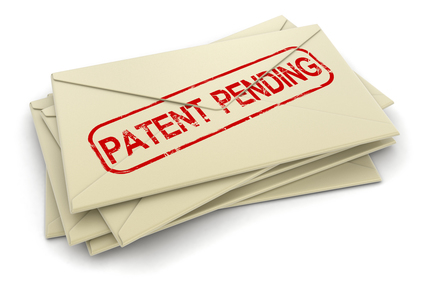
Obviousness and Secondary Considerations
© 2002, Dawsey Co., LPA
October 2002
When applying for a patent, applicants and patent attorneys are often confronted with whether the present invention would have been “obvious” in light of the prior art (that which was previously known). In fact, obviousness is generally the most difficult hurdle to clear in obtaining patentable subject matter.
The terms “obviousness” and “nonobviousness” are terms that are often used loosely. Nonobviousness tests are rooted, but are not spelled out, in 35 USC §103. Paraphrasing, Section 103 prohibits the grant of a patent when: (a) the differences between that which is sought to be patented and (b) the elements of the prior art (c) are such that the subject matter as a whole would have been obvious (d) at the time the invention was made (e) to a person having ordinary skill in the art to which the subject matter pertains. As one can imagine, application of Section 103 may be very subjective.
Fortunately numerous judicial decisions have set forth principles that must be considered when determining obviousness. The primary focus of this article is to illustrate “secondary considerations” that may assist in establishing the nonobviousness of an applicant’s invention. In order for the secondary considerations to play a role in the determination of nonobviousness they must relate to the advantages of the applicant’s invention. It is important to note that secondary considerations are by no means secondary in importance, only secondary in sequence after analysis of traditional obviousness considerations.
Courts have considered the following secondary considerations in determining obviousness; (1) the invention’s commercial success, (2) long felt but unresolved needs, (3) the failure of others, (4) skepticism by experts, (5) praise by others, (6) teaching away by others, (7) recognition of a problem, (8) copying of the invention by competitors, and (9) other relevant factors.
First, it is assumed that if the solution to a problem rewarded the problem solver with commercial success and the solution were obvious then someone would have brought the solution to market to gain the commercial success. In other words, if the applicant’s invention is rewarded with commercial success then the assumption can be made that if the invention were obvious then someone else would have previously brought it to market. The commercial success must relate to the applicant’s claimed invention and not merely what the application discloses. Additionally, the commercial success must arise from the benefits of the claimed invention and not from factors such as advertising and marketing.
Secondly, if the invention solves a long felt unresolved need, one may infer that the invention was nonobvious. Again, if it were obvious someone would have previously developed the invention to solve the need.
Thirdly, the failure of others to determine a solution to the long-felt need assists in establishing that the solution was nonobvious. Further, a showing that the solution was developed amidst the skepticism of experts is additional persuasive evidence of the nonobviousness of the invention. Similarly, praise by others, specifically competitors, provides evidence of nonobviousness. Such evidence of positive feedback and industry acceptance may be extremely persuasive. As with commercial success, the positive feedback and industry acceptance must be a result of the claimed invention and not auxiliary factors.
Additionally, evidence that prior art teaches away from the applicant’s invention supports the argument of nonobviousness. For example, an issued patent that reveals one particular method of obtaining a specific result while disclosing inadequacies in other potential methods is said to teach away from the other potential methods. Therefore, an inventor that later perfects one of the other potential methods to obtain the specific desired result is unlikely to have an application on this new method rejected due to obviousness in light of the original method because it tends to teach away from the disclosed method.
Interestingly, the recognition of a problem may be considered in determining obviousness. For example, once a problem is known the solution is often obvious. However, recognizing the problem is often not obvious.
After learning of the factors above, it should not be a surprise that the copying of the invention by competitors, rather than designing around the invention, may also be considered in the determination of nonobviousness. Even better is evidence that competitors have tried to design around the applicant’s invention without success. And lastly, Courts have left the door open to consider other factors that are found to be relevant in determining obviousness.
Therefore, it is only after determining the differences between the subject matter sought to be patented and the prior art, the ordinary skill level in the field, and evaluating the secondary considerations discussed herein, that a determination of the obviousness of the subject matter as a whole, at the time the invention was made, by one of ordinary skill in the art may be made.
